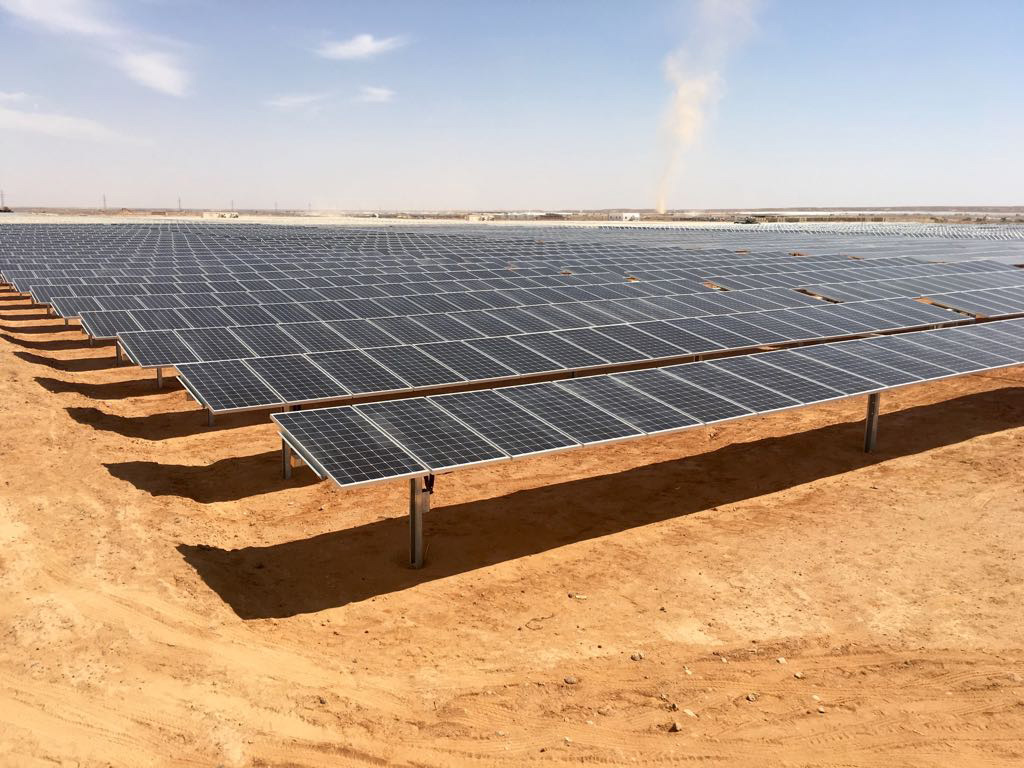Saudi Arabia, Bahrain, Jordan, Oman and the United Arab Emirates are expected to reach a cumulative installed PV capacity of around 22.4 GW by 2023, according to the Global Solar Market Attractiveness Index, which was released by U.S. market research company, GTM Research, in cooperation with the Saudi Arabia Solar Industry Association, Blue Horizon Energy and Global Energy Analytics.
The company’s analysts also expect that around 8 GW of PV capacity will be tendered by these countries in 2018.
Next years's growth will mainly be driven by a sizable pipeline of utility-scale projects and record low prices registered in the area for solar energy.
The region, however, is still far from taking advantage of its huge potential in terms of solar distributed generation, despite “steep cost declines and the introduction or development of net metering policies,” said the authors of the index.
The development of solar and distributed generation (DG) in the aforementioned countries has been delayed by the fact that artificially low residential and commercial tariffs have disincentivized the adoption of behind-the-meter distributed solar solutions, the report stated.
Popular content
“According to the International Monetary Fund, in the five markets analyzed in the report, fuel subsidies total nearly US$150 billion in 2015, with Saudi Arabian outlays representing 72% of this total. In these focus markets, some estimates suggest that retail electricity subsidies ranged from 54% to 98% for residential electricity, and from 16% to 96% for commercial electricity,” the report continued.
This situation, however, may change in the near future, as the recent drop in oil prices is pushing several governments in the region to reconsider their subsidy policies. Currently, only two countries – Jordan and the United Arab Emirates – are offering interesting opportunities for commercial solar projects, according to the report.
“These findings suggest that without below-market installation costs, accelerated phase-out of retail subsidies, or a comparable incentive program to level the playing field, it is unlikely that distributed generation solar will command a significant share of demand in markets where one-off utility-scale tenders dominate, creating a contracted project pipeline but little in the way of an underlying market ecosystem,” said managing partner of Global Energy Analytics, Aaron Morrow.
*the article was amended on Apr. 26, as we wrongly reported that in 2018 the mentioned Middle Eastern countries would have installed around 8 GW of new capacity, while these 8 GWs only relate to tenders that will be held this year.
This content is protected by copyright and may not be reused. If you want to cooperate with us and would like to reuse some of our content, please contact: editors@pv-magazine.com.



2 comments
By submitting this form you agree to pv magazine using your data for the purposes of publishing your comment.
Your personal data will only be disclosed or otherwise transmitted to third parties for the purposes of spam filtering or if this is necessary for technical maintenance of the website. Any other transfer to third parties will not take place unless this is justified on the basis of applicable data protection regulations or if pv magazine is legally obliged to do so.
You may revoke this consent at any time with effect for the future, in which case your personal data will be deleted immediately. Otherwise, your data will be deleted if pv magazine has processed your request or the purpose of data storage is fulfilled.
Further information on data privacy can be found in our Data Protection Policy.